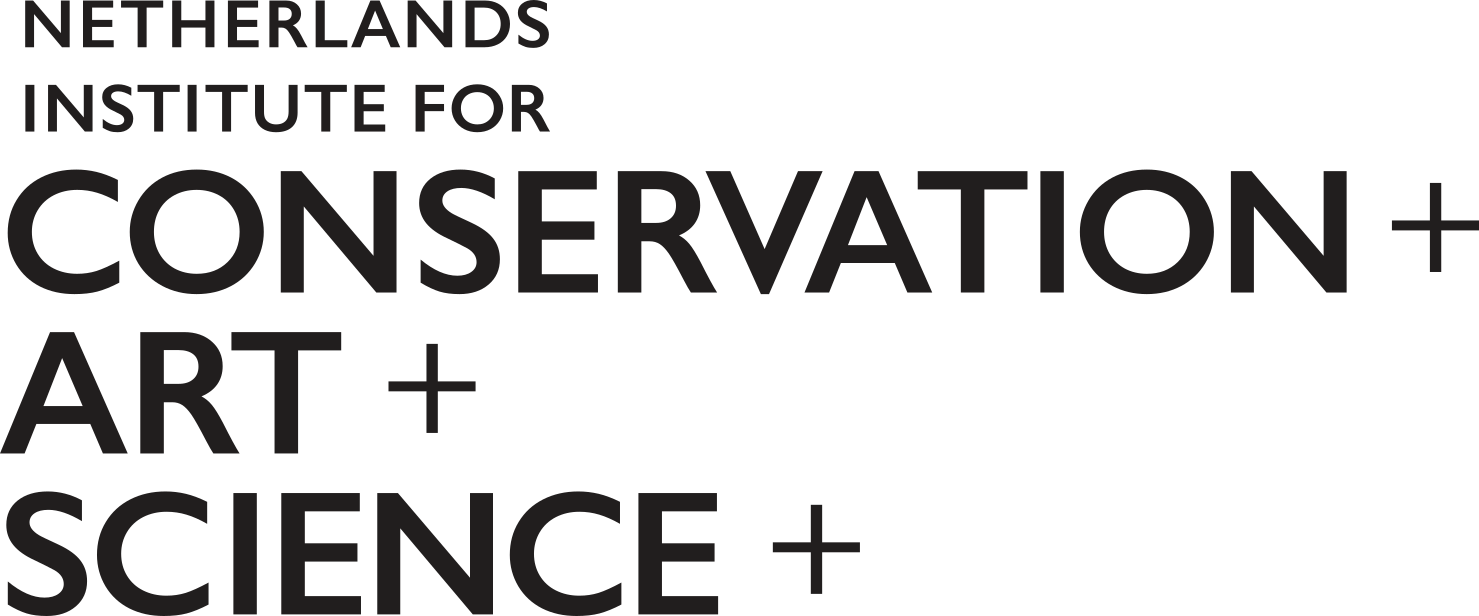Media
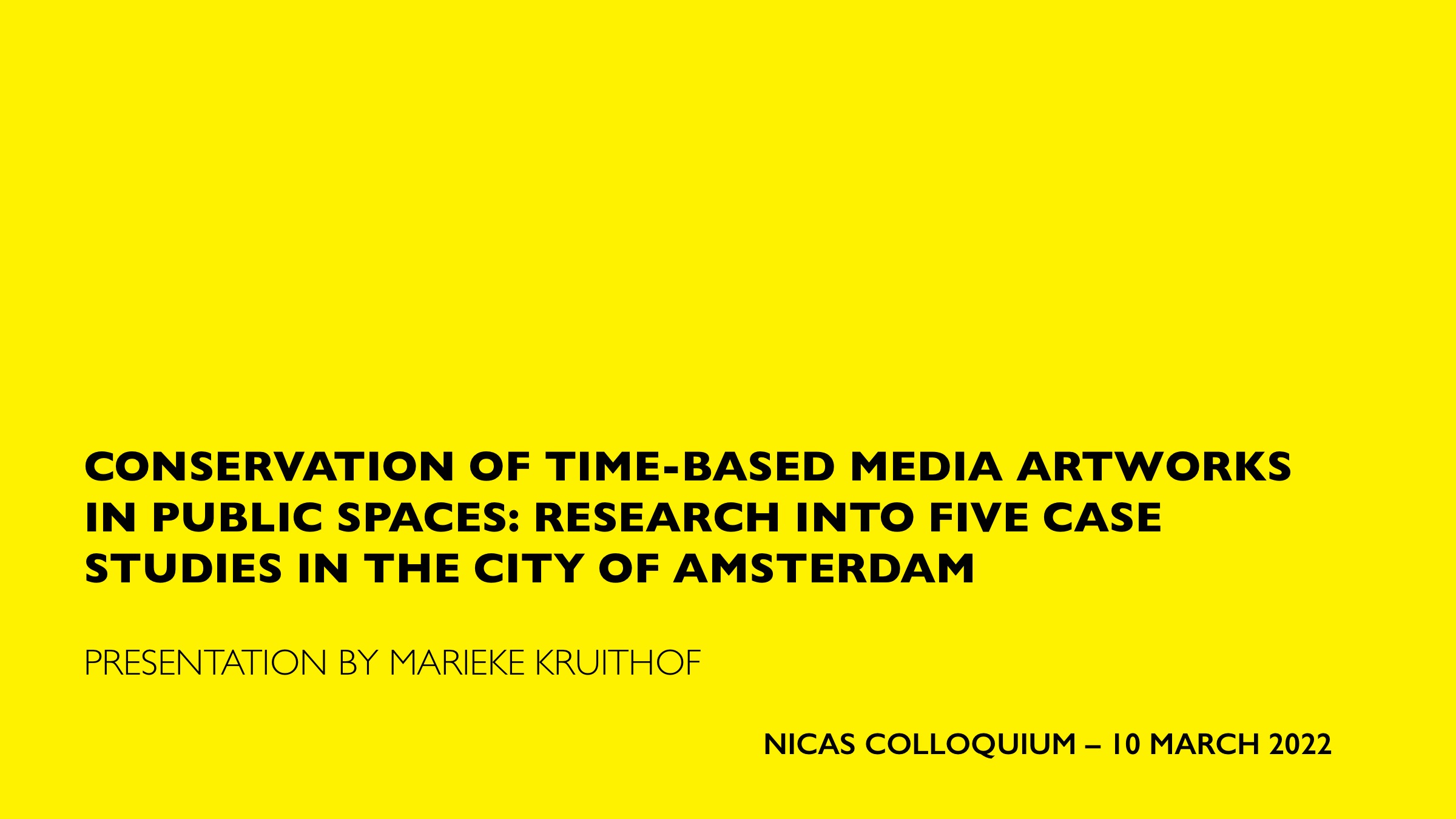
NICAS COLLOQUIUM
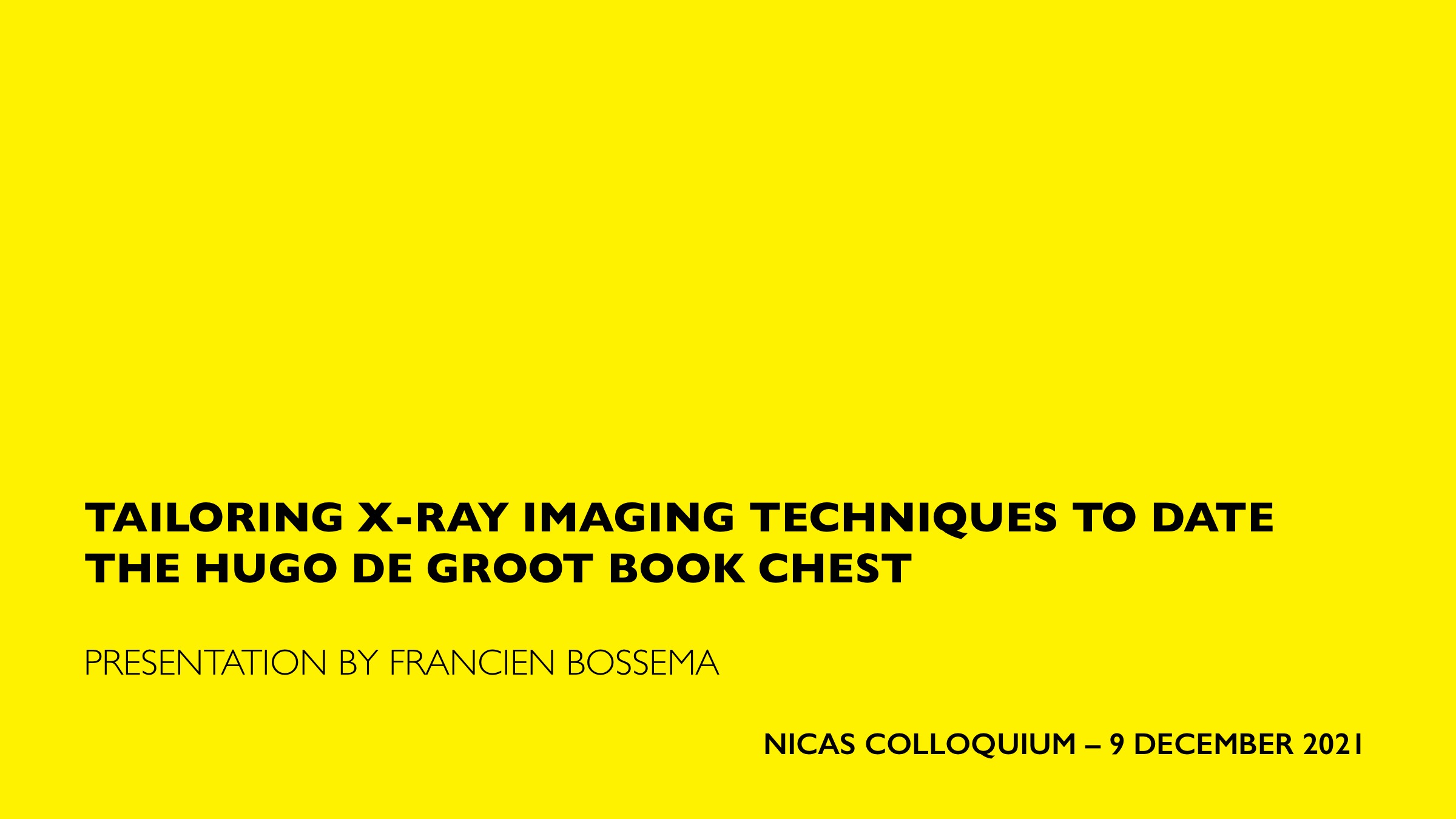
NICAS COLLOQUIUM
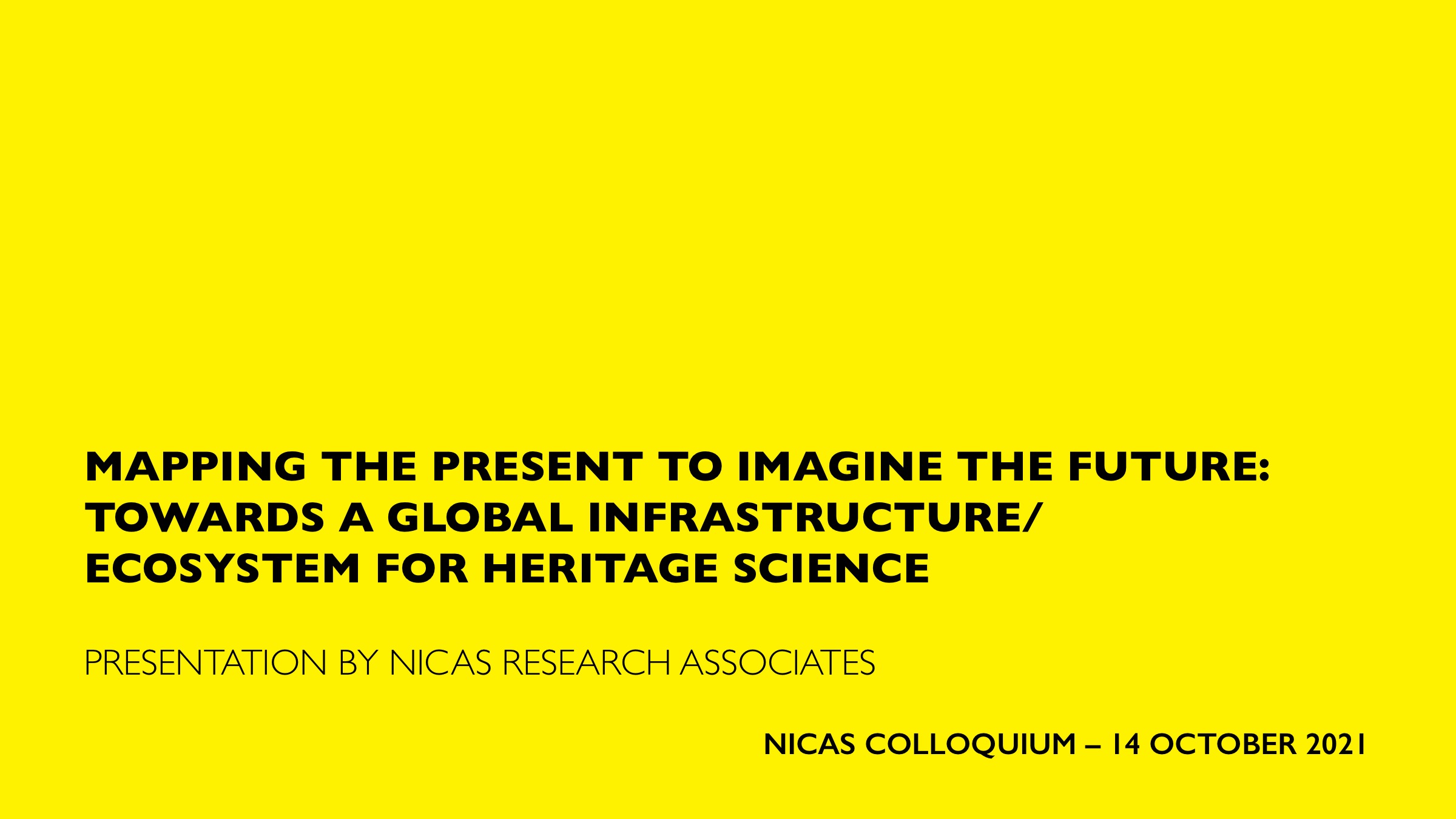
NICAS COLLOQUIUM EXTRA+
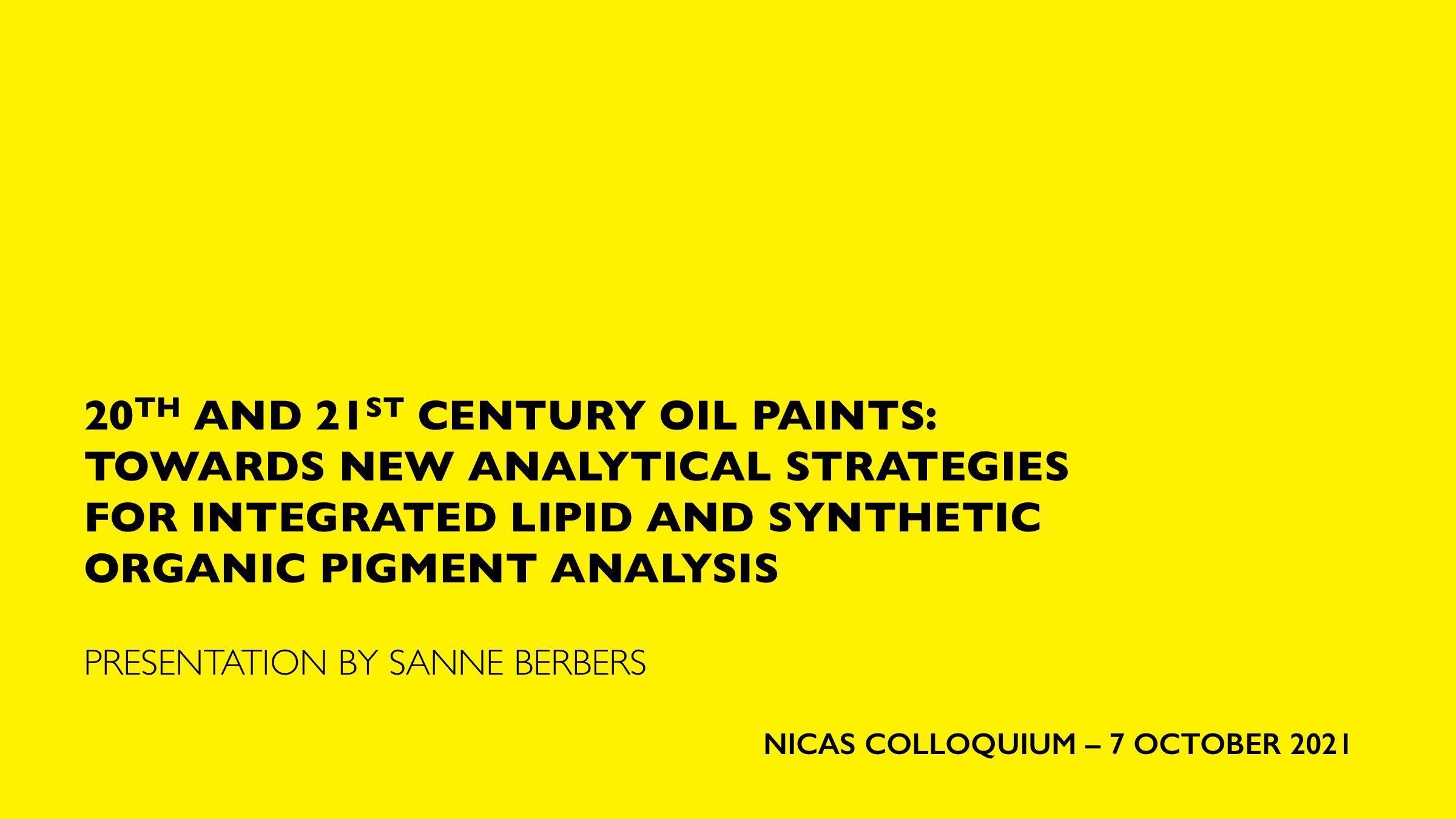
NICAS COLLOQUIUM
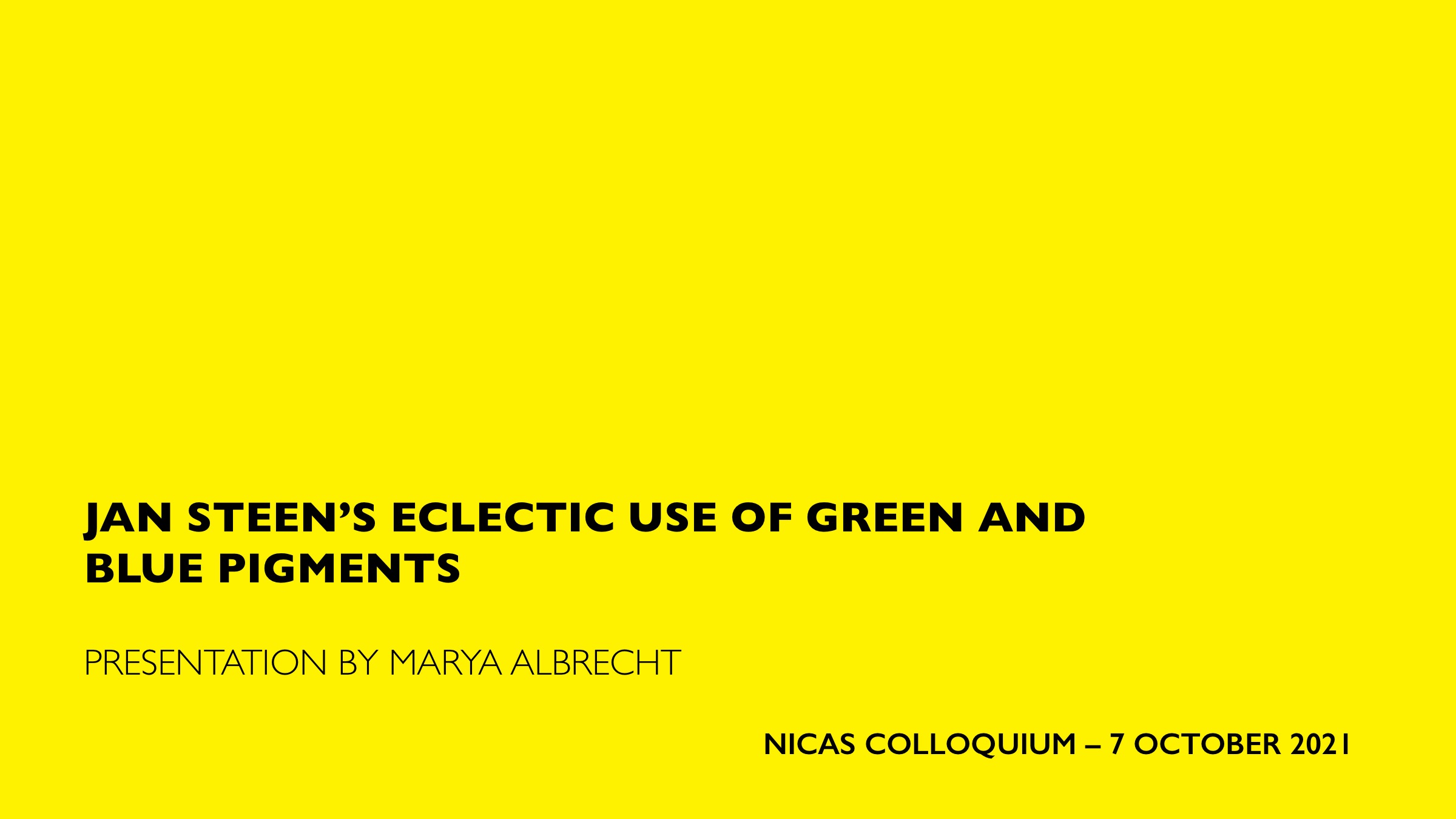
NICAS COLLOQUIUM
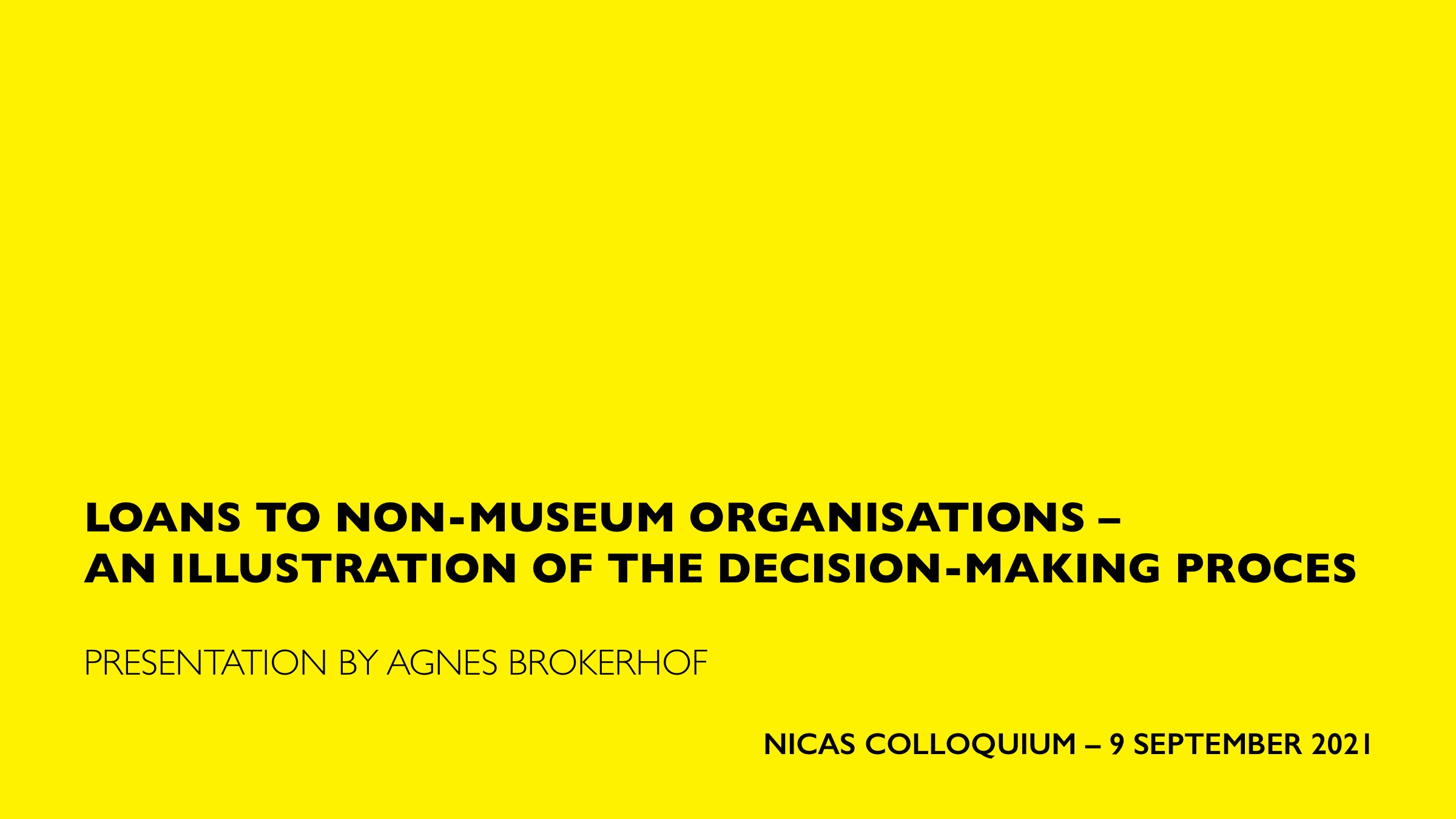
NICAS COLLOQUIUM
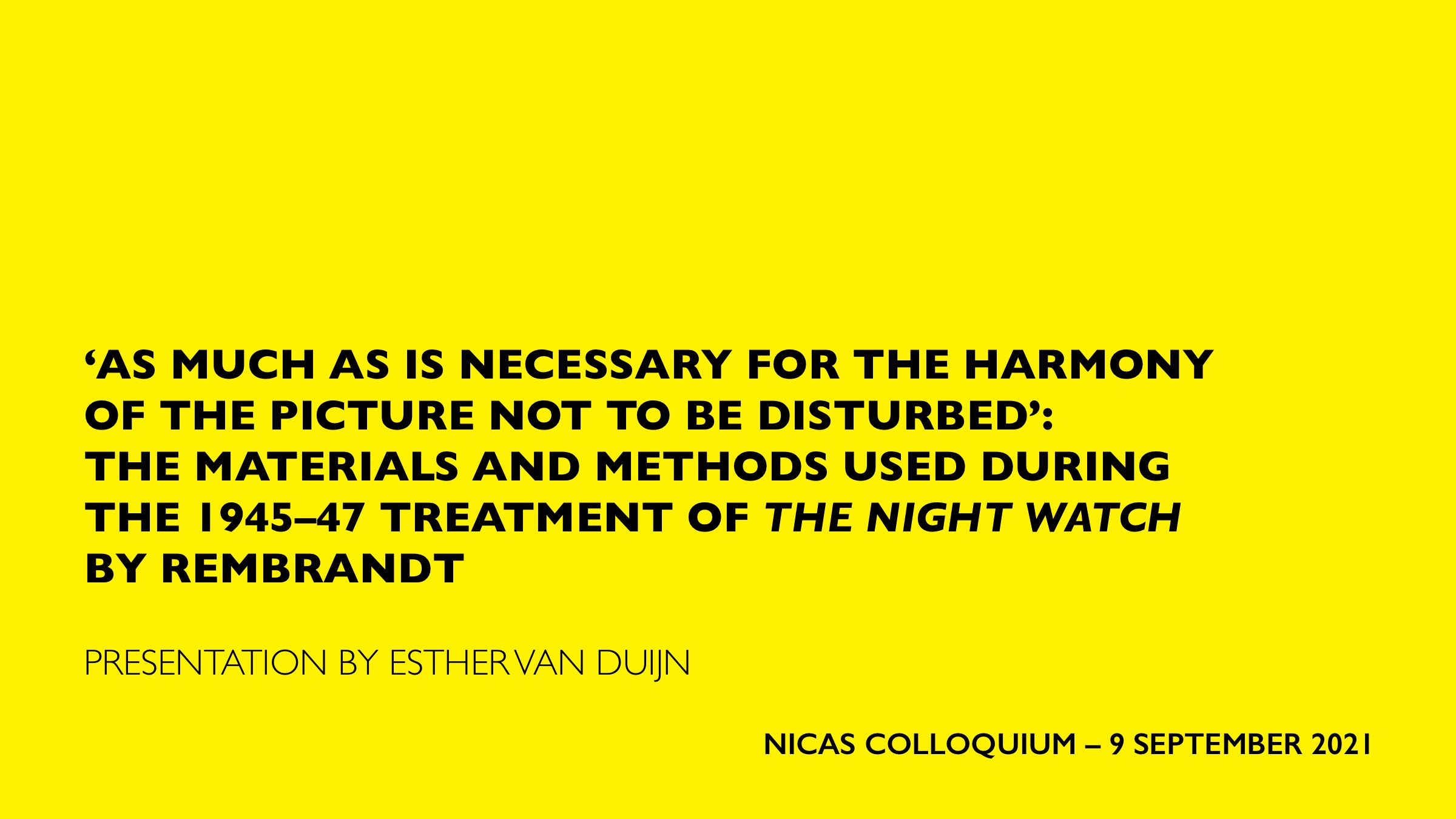
NICAS COLLOQUIUM
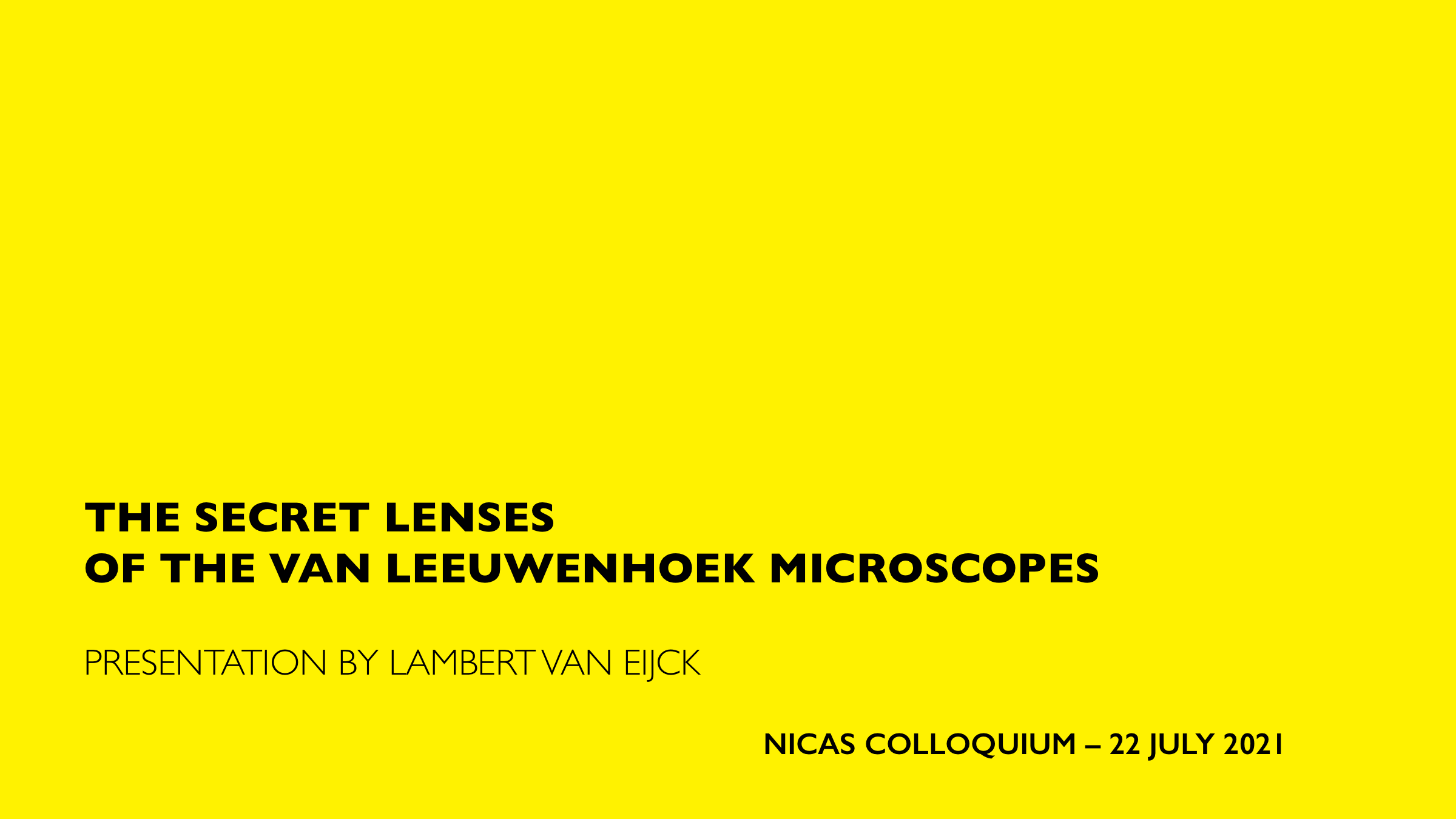
NICAS COLLOQUIUM
-
NICAS COLLOQUIUM
Marieke Kruithof is a contemporary art conservator in training. In this presentation, she talks about the conservation of time-based media art. Time-based media art is a fast-growing category of public art. All artworks in the open air are exposed to threats from weather, pollution and passers-by, but time-based media art in public spaces is particularly vulnerable due to its use of electronic equipment in this environment which must operate for many more hours than it would in a museum. Even with extensive testing, detailed documentation and elaborate discussions about conservation during the development process, technical equipment may fail unexpectedly. This research aims to illuminate the challenges that arise when caring for time-based media artworks in the public space. Several recommendations that help to ensure the long-term functionality of the work will be presented. These recommendations are the results of research into case studies, based on 12 in-depth interviews with the various artists, owners and stakeholders of five time-based media artworks in the city of Amsterdam. -
NICAS COLLOQUIUM
Francien Bossema is a PhD student at the Centrum Wiskunde & Informatica (CWI) on the topic of Computational Imaging for Cultural Heritage. Her research is part of the NWO/NICAS funded Impact4Art project in a collaboration between CWI and the Rijksmuseum. During this presentation she presents the research on the Hugo de Groot book chest. In the ‘Historisch Bewijs’ series, the following question was asked: ‘Can we determine which of three candidate chests, if any, is the original in which Hugo de Groot escaped Castle Loevestein?’. The investigations led to a novel X-ray imaging method for dendrochronology of large wooden objects. Dendrochronology is an important tool to determine the date and provenance of historical wooden art objects, based on tree rings. These are not always accessible on the outside and thus X-ray computed tomography (CT) has been applied to visualise the tree rings non-invasively. For large objects it is often impossible to rotate fully within the scanner as is necessary for CT. The research team developed a line trajectory X-ray tomography technique, in which the object is moved only sideways. Using this easily implementable scanning trajectory, sharp reconstruction images of the tree rings can be obtained. This interdisciplinary project was recently awarded an NWO Team Science Award. -
NICAS COLLOQUIUM EXTRA+
In September 2021, NICAS launched the international project ‘A Global Infrastructure for Heritage Science’, made possible by The Andrew W. Mellon Foundation. The initial phase will map out the common ground between different cultures of conservation and find ways that interdisciplinary and international collaboration can be better used to preserve the material integrity of the object, its layered cultural significance, and its historical context. The international and interdisciplinary team of six Research Associates will introduce ourselves and our goals, which include identifying the major global challenges faced by the field now and in the future, and the opportunities that exist for more fruitful collaboration. We invite attendees to join the conversation and share their experiences, insights, and ideas. -
NICAS COLLOQUIUM
-
NICAS COLLOQUIUM
-
NICAS COLLOQUIUM
-
NICAS COLLOQUIUM
-
NICAS COLLOQUIUM
